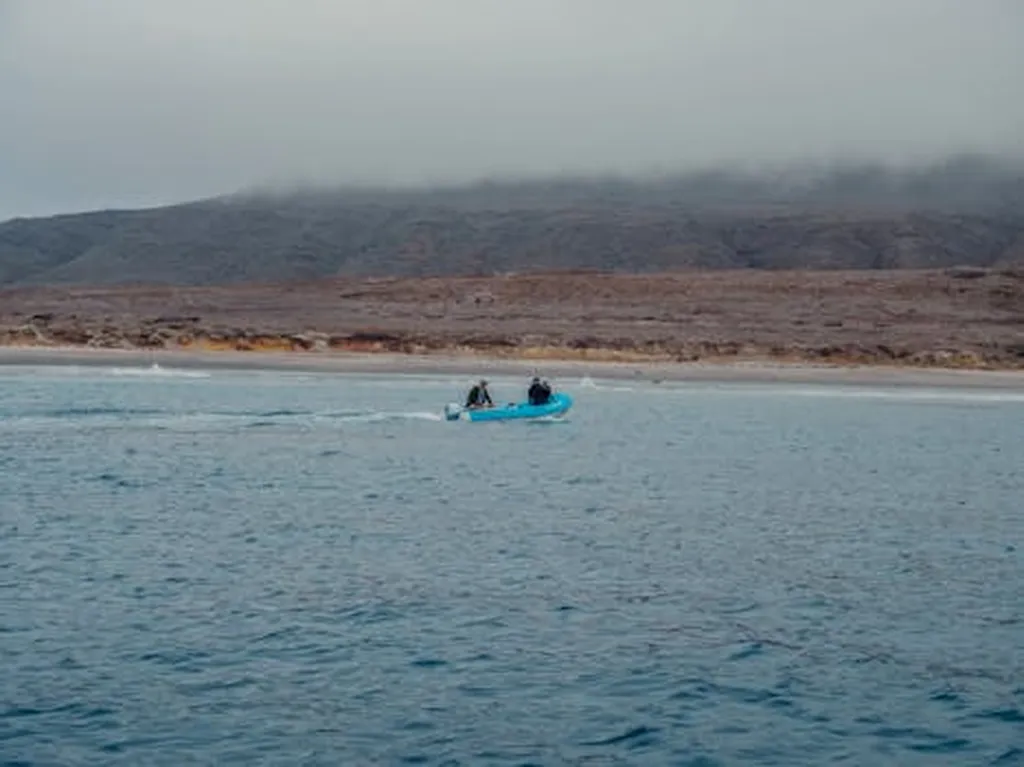In the rapidly evolving world of agritech, a groundbreaking development has emerged from the intersection of remote sensing and deep learning. Researchers have introduced MKF-NET, a novel model designed to enhance the semantic segmentation of remote sensing images, a critical tool for agricultural management and environmental monitoring. This advancement could revolutionize how farmers and agritech companies analyze and utilize aerial and satellite imagery, potentially leading to more efficient and sustainable practices.
Remote sensing images, captured from aerial or satellite platforms, provide invaluable data for monitoring crop health, assessing soil conditions, and managing agricultural resources. However, the complexity and diversity of ground cover, along with variations in spectral characteristics, have posed significant challenges in achieving high-quality image segmentation. Traditional deep learning models often struggle with blurred target boundaries and the recognition of small-scale objects, limiting their effectiveness in real-world applications.
Enter MKF-NET, a model that combines KAN convolution and Vision Transformer (ViT) technologies. This fusion, coupled with multi-scale feature extraction and a dense connection mechanism, significantly improves the semantic segmentation performance of remote sensing images. “The integration of KAN convolution and ViT allows MKF-NET to capture both local and global features more effectively,” explained lead author Ning Ye from the College of Information Science and Technology & Artificial Intelligence at Nanjing Forestry University. “This dual approach enhances the model’s ability to distinguish between different types of ground cover and recognize small objects, which is crucial for precise agricultural analysis.”
The potential commercial impacts for the agriculture sector are substantial. Accurate semantic segmentation of remote sensing images can enable farmers and agritech companies to monitor crop health more precisely, identify areas of stress or disease, and optimize resource allocation. This can lead to increased crop yields, reduced water usage, and more sustainable farming practices. Additionally, the ability to recognize small-scale objects can aid in the detection of pests and diseases at an early stage, allowing for timely interventions that can prevent significant crop losses.
To evaluate the performance of MKF-NET, researchers conducted experiments on the LoveDA dataset, comparing it with several existing traditional deep learning models, including U-net, Unet++, Deeplabv3+, Transunet, and U-KAN. The results were impressive: MKF-NET achieved a pixel precision of 78.53%, a pixel accuracy of 79.19%, an average class accuracy of 76.50%, and an average intersection-over-union ratio of 64.31%. These metrics highlight the model’s superior performance in segmenting remote sensing images, providing a robust tool for agricultural and environmental applications.
The development of MKF-NET represents a significant step forward in the field of remote sensing and deep learning. As Ning Ye noted, “This research not only advances the state-of-the-art in semantic segmentation but also opens up new possibilities for its application in agriculture and environmental monitoring.” The model’s ability to handle complex and diverse ground cover types with high accuracy can support more informed decision-making in agricultural management, ultimately contributing to more sustainable and productive farming practices.
Published in the journal ‘Applied Sciences’, this research underscores the potential of integrating advanced deep learning techniques with remote sensing technologies. As the agriculture sector continues to embrace digital transformation, innovations like MKF-NET are poised to play a pivotal role in shaping the future of agritech. The journey towards more efficient and sustainable agriculture is underway, and MKF-NET is at the forefront of this exciting evolution.

